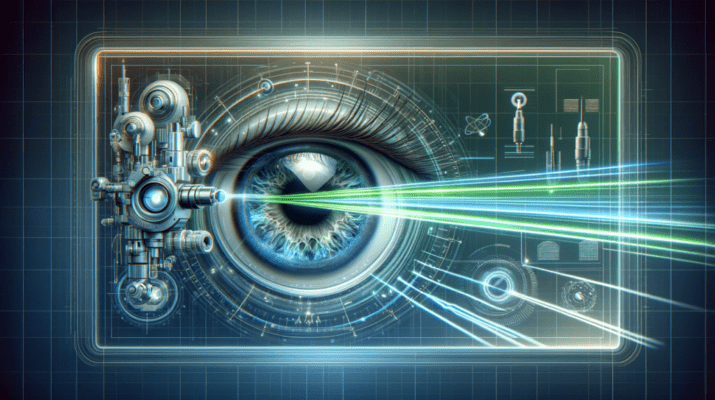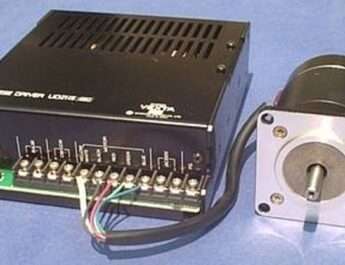In the quest for perfect vision, the question of “what is the best LASIK technology” often emerges as a pivotal concern for prospective patients. LASIK, or Laser-Assisted In Situ Keratomileusis, has revolutionized the field of corrective eye surgery, offering a beacon of hope for those wishing to bid farewell to glasses and contact lenses. However, with advancements in technology continually reshaping the landscape, pinpointing the most effective LASIK technology requires a deep dive into the latest innovations.
The Evolution of LASIK Technology
LASIK surgery has undergone a remarkable evolution since its inception, transitioning from traditional methods to highly sophisticated techniques that ensure precision, safety, and outstanding visual outcomes. At the heart of these advancements are technologies designed to tailor the procedure to individual eye characteristics, enhancing the accuracy of vision correction.
Wavefront-Guided LASIK: Personalized Precision
Wavefront-guided LASIK represents a leap forward in personalized eye care. Utilizing 3D measurements of how the eye focuses light, this technology allows surgeons to customize the laser treatment to the unique imperfections of each eye. By addressing “higher-order” aberrations, such as halos and glare, wavefront-guided LASIK not only corrects basic refractive errors but also enhances overall visual quality.
Topography-Guided LASIK: The Map to Clarity
Mirroring the personalized approach of wavefront-guided LASIK, topography-guided LASIK involves an intricate mapping of the cornea’s surface. This method tailors the laser’s path to the cornea’s specific topography, correcting irregular astigmatism and providing an option for those with complex corneal conditions or previous eye surgeries. The result is a highly customized treatment plan that targets the cornea’s unique curvature and irregularities, promising an improved visual outcome.
Femtosecond Laser: The Flap Maker
The introduction of the femtosecond laser in LASIK surgery marked a significant milestone in the quest for precision. This technology, known for its ultra-short bursts of laser energy, is used to create the corneal flap—a critical step in the LASIK procedure. Unlike the mechanical blades of the past, the femtosecond laser offers a bladeless, highly accurate alternative, reducing the risk of flap-related complications and setting a new standard for safety and precision.
SMILE: The Minimally Invasive Revolution
Small Incision Lenticule Extraction (SMILE) stands out as a revolutionary approach, diverging from traditional LASIK by offering a flapless, minimally invasive option. By using a femtosecond laser to create and extract a small lenticule within the cornea, SMILE corrects myopia and astigmatism through a single small incision. This innovative technique has been associated with a reduced risk of dry eye symptoms post-surgery, making it an attractive option for many patients.
Making the Choice: What is the Best LASIK Technology for You?
Determining the best LASIK technology is not a one-size-fits-all answer but rather a decision that hinges on individual eye characteristics, health profiles, and specific vision correction needs. The choice between wavefront-guided, topography-guided, femtosecond laser, and SMILE technologies depends on a thorough evaluation by a qualified ophthalmologist.
Prospective patients should consider several factors when selecting a LASIK technology:
- Personalized Treatment: Technologies that offer customized treatment plans, such as wavefront-guided and topography-guided LASIK, are ideal for addressing unique eye characteristics.
- Safety and Precision: The femtosecond laser’s ability to create a precise corneal flap without a blade enhances the safety and accuracy of the procedure.
- Minimally Invasive Options: For those concerned about the risks associated with creating a corneal flap, SMILE presents a flapless alternative that minimizes disruption to the eye’s surface.
Embracing the Future of Vision Correction
The field of LASIK surgery continues to evolve, driven by technological innovations aimed at improving patient outcomes. As researchers and surgeons push the boundaries of what’s possible, the future of LASIK technology promises even greater precision, safety, and effectiveness.
For individuals pondering over “what is the best LASIK technology,” the answer lies in the consultation room of a reputable ophthalmologist. By understanding the nuances of each technology and considering personal vision correction needs, patients can make informed decisions and step confidently toward achieving their vision goals.
In conclusion, the best LASIK technology is that which aligns seamlessly with the patient’s unique eye characteristics and desired outcomes. With continuous advancements in the field, the dream of perfect vision is more attainable than ever, offering a clear view of the world through the lens of cutting-edge science.



